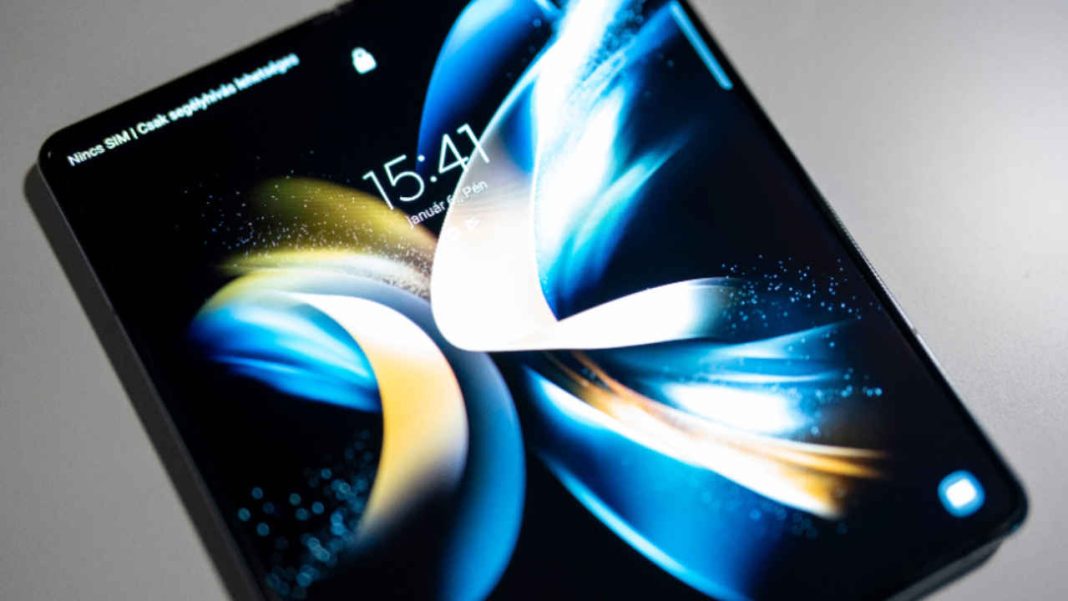Key Takeaways
- Landfall spyware targets Samsung Galaxy phones via zero-click image exploits
- Steals personal data, records audio, tracks location without user interaction
- Samsung released security patch in April 2025; immediate update recommended
- Linked to state-backed group Stealth Falcon targeting Middle Eastern users
Cybersecurity researchers have uncovered Landfall, a sophisticated zero-click spyware that secretly infiltrated Samsung Galaxy smartphones through a critical vulnerability in Android’s image processing system. The malware operated undetected for months, harvesting sensitive data from targeted devices without requiring any user interaction.
What Makes Landfall Spyware So Dangerous?
Landfall represents one of the most severe mobile threats discovered this year, exploiting a flaw in how Samsung devices process DNG image files. The spyware’s “zero-click” capability allows it to compromise phones through a single malicious image sent via messaging apps – no clicks or downloads required from the victim.
Once installed, Landfall gains comprehensive access to:
- Personal data: Photos, contacts, call logs, and messages
- Surveillance tools: Microphone recording and real-time GPS tracking
- System information: Installed apps and device configurations
The spyware primarily affected Samsung Galaxy S22, S23, S24, and Z series models running Android versions 13-15, with most victims located in Middle Eastern countries including Iran, Iraq, Turkey, and Morocco.
Who’s Behind the Landfall Attacks?
Digital evidence links Landfall to Stealth Falcon, a known spyware vendor associated with state-sponsored surveillance operations. Unlike mass-market malware, Landfall was designed for precision targeting of specific individuals – likely journalists, activists, and political figures.
“Landfall was never designed for large-scale infections but instead was a precision play,” according to Unit 42 researchers. The campaign mirrors tactics used by notorious spyware like NSO Group’s Pegasus, raising concerns about the proliferation of sophisticated surveillance tools.
Protection Guide: Securing Your Samsung Device
While Samsung addressed the vulnerability in its April 2025 security update, users must take proactive measures:
- Update immediately: Install the latest system and security patches
- Enable security features: Activate Samsung Knox and Google Play Protect
- Exercise caution: Avoid opening images or links from unknown sources
- Stick to official sources: Download apps only from Google Play Store
- Monitor device behavior: Watch for unusual battery drain, overheating, or data usage
- Add extra protection: Consider reputable antivirus software for sensitive data
iPhone Connection and Broader Implications
Apple addressed a similar image-processing vulnerability in August 2025, though researchers couldn’t confirm if the same group was responsible. The parallel discoveries highlight a worrying trend of exploiting image systems across mobile platforms.
“The parallel development of these vulnerabilities in both Android and iOS ecosystems points to a wider pattern of sophisticated exploitation techniques,” Unit 42 noted in their report.
Apple’s response included introducing Memory Integrity Enforcement (MIE) in its A19 and A19 Pro chips to counter such memory-based exploits.
Expert Warning: Growing Spyware Threat
Itay Cohen, Senior Principal Researcher at Unit 42, emphasized the broader significance: “Landfall is another reminder that advanced spyware is no longer limited to a few high-profile cases. It represents a growing threat to personal privacy and digital freedom.”
While Indian Samsung users appear largely unaffected, the incident underscores the critical importance of and timely software updates. Zero-day vulnerabilities remain particularly dangerous since they’re undetectable until patches become available, making preventive measures essential for all smartphone users.







